Land for seedlings: how and when to start preparing

Inexperienced summer residents associate the beginning of the season with the onset of warm weather. This opinion is wrong.
At this time, every gardener begins preparing for land work. The summer season begins even before the onset of warm days - with preparing the soil for growing seedlings.
Content:
- What soil is needed for seedlings
- Methods of soil disinfection
- Reducing acidity and improving soil
- Soil mixtures for various crops
What soil is needed for seedlings
Sowing seeds is a responsible process, so using any suitable soil is not recommended. A rich harvest depends on the quality of the seedlings, so to get the best results, preparation should begin directly from the soil. Ready soil can be purchased at a specialty store. The best option would be to prepare the soil yourself.
The soil for seedlings should consist of humus, which can be obtained from compost or manure. The main component of the soil is peat. It creates a favorable environment for the formation of the plant’s root system, and also promotes good moisture permeability.
To prepare peat soil, pour out the required amount of organic matter, sprinkle with wood ash or lime, and water it with manure throughout the year. This is done to reduce the acidity of the peat.
You will also need leaf soil. You can take it in the forest, or even better, in your own garden.It is undesirable to use oak and willow soil for seedlings because of the tannins it contains. To prepare leaf soil, you need to collect the leaf soil in a mesh bag and dig it to a depth of 15-20 cm.
Within a year the land will be ready for use. In addition to leaf soil, you can use turf soil. This will greatly simplify the work of summer residents, since leaf soil is quite difficult to find and prepare.
Sand or sawdust from deciduous trees is used as a baking powder.
It is important to maintain proportions when preparing the soil. The soil can be prepared outside or in a shed. Pour leaf soil, humus, sand and peat onto a plastic film in a ratio of 2:1:1:1.
All components must first be sifted and unnecessary stones and lumps removed. Next, disinfect the soil and mix the soil mixture thoroughly. To grow strong and healthy seedlings, you can add ground eggshells (a glass of shells on a bucket of soil).
The prepared soil mixture must be stored in a shed. Before sowing the seeds, the soil should be moved to a warm place for 2 weeks.
It is recommended to prepare the soil for seedlings in the fall so that they freeze well in winter. In early spring, the soil must be warmed and cultivated.
Methods of soil disinfection
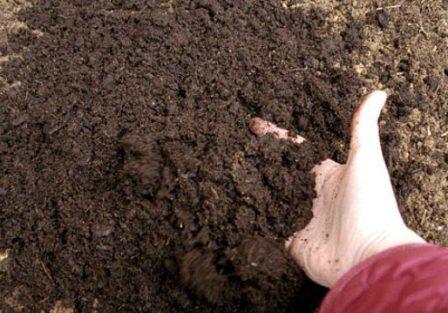
Soil disinfection must be carried out to destroy pathogens that can lead to to various diseases. There are many ways to disinfect soil.
It is recommended to treat the soil with potassium permanganate or fungicide. For 10 liters of water you will need 3 g of potassium permanganate crystals. Mix the solution thoroughly until the small particles are completely dissolved. The soil is treated with a fungicide in the same way.
The following methods are also used for processing:
- Calcination. Heat the oven, pour soil onto a baking sheet and bake for 30 minutes. The temperature should be no more than 70-90 degrees. If calcination is carried out at a higher temperature, the soil will become infertile.
- Steaming. A month before use, the soil must be steamed. To do this, take a large bucket and put a colander. The amount of water should be small. Pour soil into a colander and cover the bottom with gauze. This way the soil is steamed. The duration of the process is 1-1.5 hours
- Freezing. After preparing the soil in the fall, it should be taken outside and left at sub-zero temperatures. To prevent precipitation from getting on the soil, it must be covered with polyethylene.
- There is another method, but less effective - washing and scalding with boiling water. The effect of this method will be small, so it is used in rare cases.
Reducing acidity and improving soil
The acidity of the substrate should vary from 6.5 to 7. If soil with an acidic reaction is enriched with various useful substances, then plants may develop diseases. The soil in the garden in most cases is acidic. Using sawdust it is also acidified.
To ensure that the soil has a neutral acidity level, it is necessary to add lime or dolomite flour to the soil. They help reduce acidity. For pumpkin crops, zucchini and cucumbers you will need 30 grams of the mixture, for tomatoes and peppers – 15 grams.
Before adding lime to the soil, it is recommended to add fertilizers containing magnesium. All this helps to improve the quality of seedlings.To obtain high-quality, strong and healthy seedlings, special “improvers” are used. An excellent option would be hydrogel.
This is a special additive that is designed to retain moisture in the soil. After precipitation falls, the hydrogel absorbs water and begins to swell. This makes the soil looser. At the same time, beneficial substances are not washed out of it.
In addition to hydrogel, other inorganic components can be used: perlite or vermiculite. They increase the looseness of the soil, prevent its compaction, as well as the formation of a crust on the surface.
In specialized stores you can purchase humus tablets, which contain a large amount of nutrients. After their application, the first shoots will appear several days earlier.
Soil mixtures for various crops
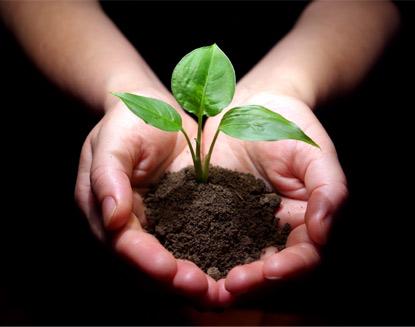
The preparation of soil mixtures for different crops is carried out in different ways.
To grow peppers, tomatoes and eggplants, use the following soil composition: take equal amounts of turf or leaf soil, peat and sand.
Some gardeners use the following composition for growing seedlings: take 3 parts of turf and leaf soil, humus and 1 part of vermiculite or perlite.
Soil for cabbage and lettuce: take 1 part garden soil and 1.5 parts peat.
For pumpkin and cucumber it is necessary to mix humus and leaf soil in a 1:1 ratio. Here you can add a glass of wood ash to a 10-liter bucket.
For tomatoes, onions, celery and eggplants, many gardeners use the following composition: take one part of humus and sand and 2 parts of turf soil. Wood ash is used as fertilizer (2 cups of fertilizer per bucket).
If the soil is properly prepared for growing seedlings, you can ensure rapid emergence of seedlings and subsequently get a rich harvest.
Interesting information about the vegetable garden


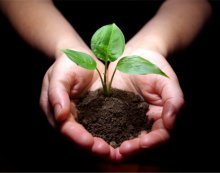
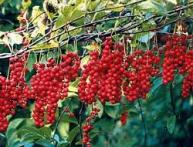
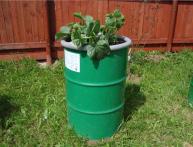


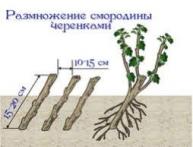
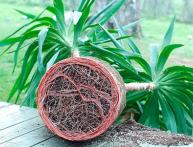
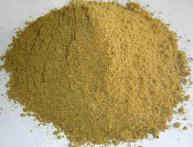

Comments
I most often steam the soil in the oven and then mix it with fertilizers. I buy a complex of vitamins and minerals, mix it with regular soil from the garden and plant the seedlings. Germination is always 100%.